I'm trying to parse a .eml file. The .eml has an excel attachment that's currently base 64 encoded. I'm trying to figure out how to decode it into XML so that I can later turn it into a CSV I can do stuff with.
This is my code right now:
import email
data = file('Openworkorders.eml').read()
msg = email.message_from_string(data)
for part in msg.walk():
c_type = part.get_content_type()
c_disp = part.get('Content Disposition')
if part.get_content_type() == 'application/vnd.openxmlformats-officedocument.spreadsheetml.sheet':
excelContents = part.get_payload(decode = True)
print excelContents
The problem is
When I try to decode it, it spits back something looking like this.
I've used this post to help me write the code above.
How can I get an email message's text content using Python?
Update:
This is exactly following the post's solution with my file, but part.get_payload() returns everything still encoded. I haven't figured out how to access the decoded content this way.
import email
data = file('Openworkorders.eml').read()
msg = email.message_from_string(data)
for part in msg.walk():
if part.get_content_type() == 'application/vnd.openxmlformats-officedocument.spreadsheetml.sheet':
name = part.get_param('name') or 'MyDoc.doc'
f = open(name, 'wb')
f.write(part.get_payload(None, True))
f.close()
print part.get("content-transfer-encoding")
